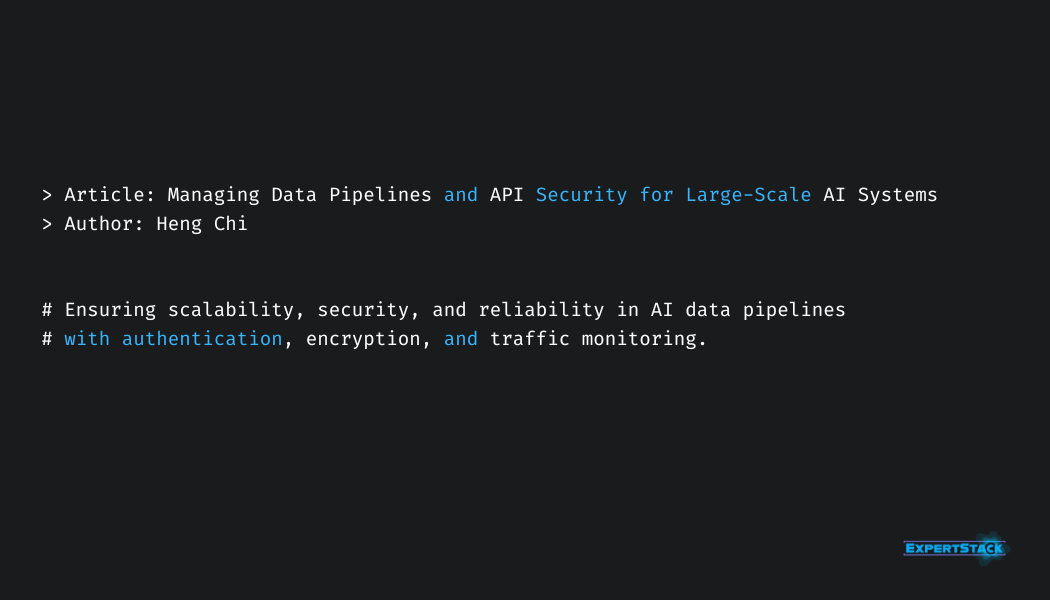OpenAI CEO Sam Altman shared the startup’s plans to release GPT-4.5 and GPT-5 models. The company aims to simplify its product offerings by making them more intuitive for users.
Altman acknowledged that the current product line has become too complex, and OpenAI is looking to change that.
We hate model selection as much as you do and want to get back to magical unified intelligence,” he wrote.
GPT-4.5, codenamed Orion, will be the startup’s last AI model without a “chain of reasoning” mechanism. The next step is to move toward more integrated solutions.
The company plans to combine the o and GPT series models, creating systems capable of:
- using all available tools;
- independently determining when deep thinking is needed and when an instant solution is enough;
- adapting to a wide range of tasks.
GPT-5 integrates various technologies, including o3. Other innovations will include canvas capabilities (Canvas-mode), search, deep research (Deep Research) and much more.
Free GPT-5 subscribers will get unlimited access to the model’s tools on standard settings. Plus and Pro account holders will be able to use advanced features with a higher level of intelligence.
Regarding the release dates of GPT-4.5 and GPT-5, Altman wrote in the comments to the tweet about “weeks” and “months“, respectively.
According to Elon Musk, ChatGPT’s competitor, the Grok 3 chatbot, is in the final stages of development and will be released in one to two weeks. Reuters writes about this.
Grok 3 has very powerful reasoning capabilities, so in the tests we’ve done so far, Grok 3 outperforms all the models that we know of, so that’s a good sign,” the entrepreneur said during a speech at the World Summit of Governments in Dubai.
Recall that Altman turned down Musk and a group of investors’ bid to buy the non-profit that controls OpenAI for $97.4 billion. The startup’s CEO admitted that this was an attempt to “slow down” the competing project.
